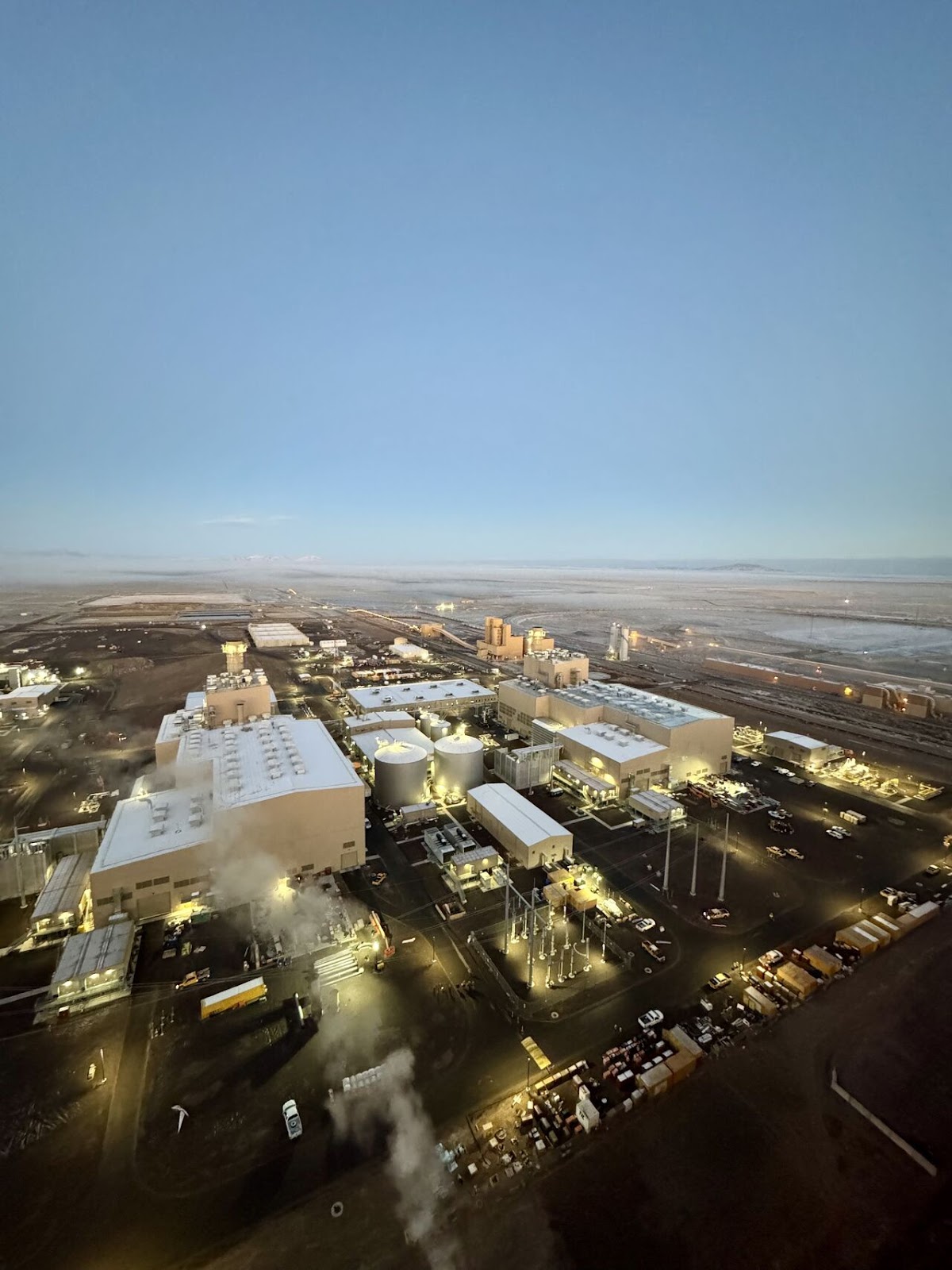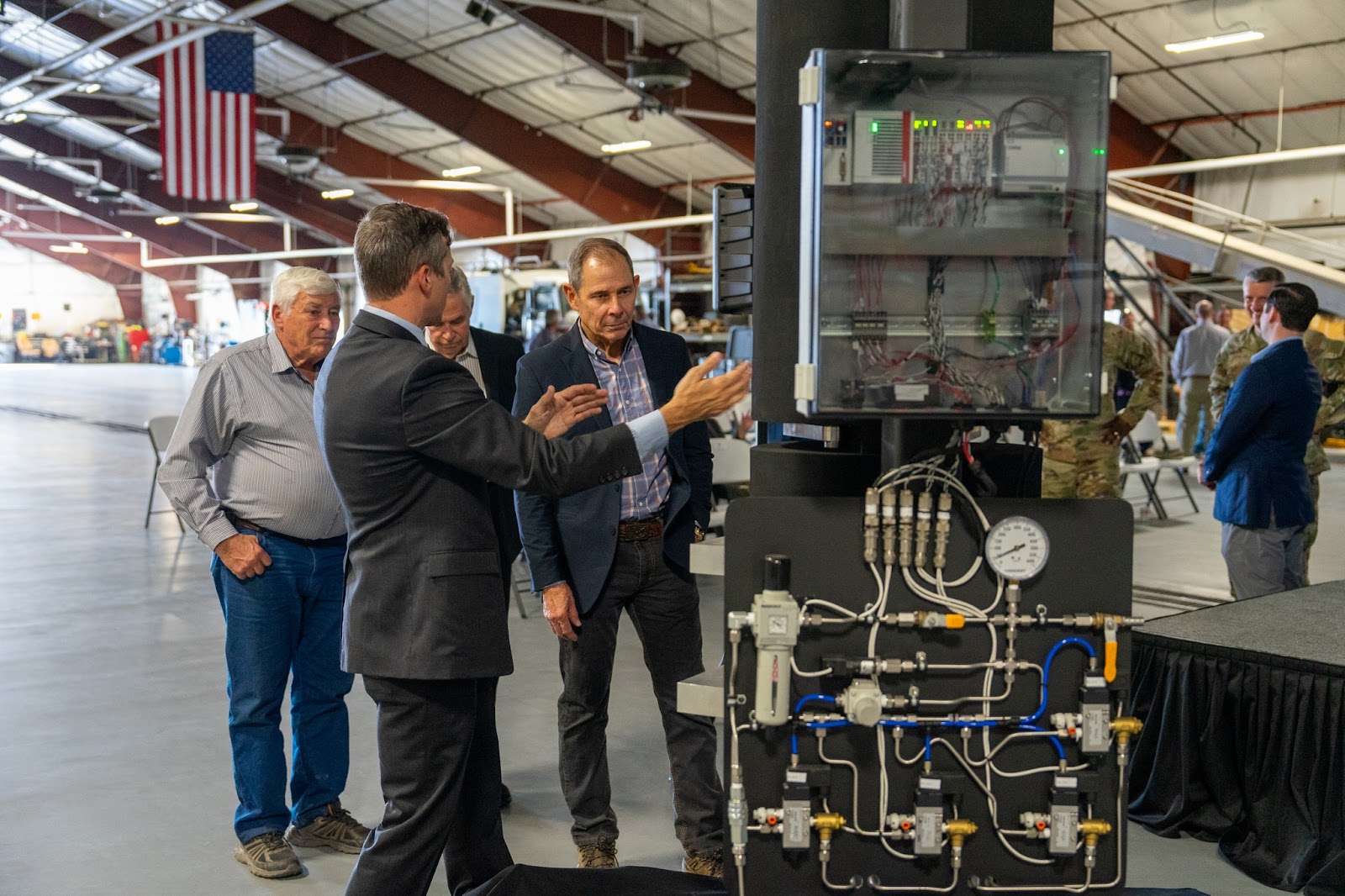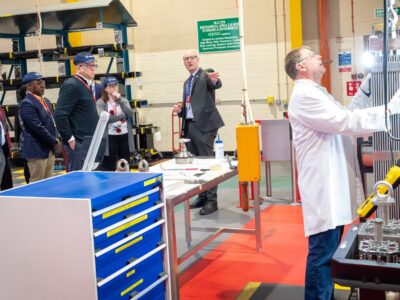Energy Solutions, a Salt Lake City, Utah-headquartered waste and nuclear services company, recently announced a strategic partnership with the state of Utah and the Intermountain Power Agency (IPA), a political subdivision of the state, that could dramatically boost local economic growth. The collaboration, initiated by signing a memorandum of understanding, aims to develop advanced small modular reactor (SMR) technology at the existing Intermountain Power Project near Delta, with assistance from the Idaho National Laboratory.
Since the 1980s, the IPA-owned Intermountain Power Project (IPP) has generated coal-fired energy for the state at a rate of approximately 13 million megawatt hours of energy annually. As part of its IPP Renewed project, IPA is retiring its two coal-fired units and turning to natural gas-powered units with 840 MW of capacity that will also be compatible with hydrogen. The units will initially use 30% hydrogen, with a goal to reach 100% by 2045.
Ken Robuck, President and CEO of EnergySolutions, reflected, “We are excited to pursue this opportunity to create a clean energy hub for the Western United States. By adding new advanced nuclear technology to the existing renewable and hydrogen initiatives, we aim to provide a stable, decarbonized power supply that meets the needs of the state of Utah and the region.”

Photo Courtesy Chris Lovell
The new initiative correlates perfectly with Governor Spencer Cox’s Operation Gigawatt plan to double Utah’s energy production within the next ten years. Emy Lesofski, director of the Utah Office of Energy Development, elaborated that the project “seeks to address increasing demand for electrification of society and energy-intensive industries critical to maintaining our quality of life.”
As Sen. John Curtis (R-UT) wrote in a 2023 op-ed when he was serving as a representative, “Nuclear power is a critical component of our clean energy future. Its ability to generate large amounts of electricity with minimal greenhouse gas emissions makes it an invaluable part of our energy grid.”

Photo Courtesy Senator John Curtis
The economics make sense. The project takes advantage of existing infrastructure at the IPP site, significantly reducing capital expenditure compared to greenfield development. When operational, SMRs provide reliable baseload power at stable prices, unaffected by fuel price volatility that plagues fossil fuel markets. This translates to predictable operational costs for businesses requiring a consistent energy supply – a crucial advantage in today’s competitive marketplace. Additionally, the power plant would contribute to grid stability, preventing the costly outages that have plagued states with less reliable energy portfolios.
Cameron Cowan, general manager at IPA, emphasized the strategic advantage: “The IPP site is uniquely positioned for consideration of new nuclear generation and builds on IPA’s successful history of power generation development in Utah.”
By modernizing this facility with nuclear technology, Utah would strengthen its position as a key energy exporter in the West. The IPPsupplies power to several California cities through the Southern Transmission System, a 500-mile transmission line, generating significant revenue for Utah. The Los Angeles Department of Water and Power is the biggest energy buyer from the IPP, as well as its operating agent and project manager.
The timing couldn’t be better from a competitive standpoint. In 2022, the U.S. Department of Energy identified 157 retired coal plant sites and 237 operating sites nationwide as prime candidates for nuclear conversion, creating a race among states to secure these valuable development opportunities. The study found that when similarly sized nuclear plants replace coal plants, it could result in $275 million in annual economic activity, over 650 new permanent jobs, and a 92% increase in local tax revenue, funding schools and essential services without raising residential tax rates.
As Andrew Sandstrom, the host of the Public Lands Policy Podcast, and Grayson Massey, the Western region director for the Young Republican National Federation, wrote in an op-ed for Deseret News, “as with most technologies, there are substantial benefits to being the first to market. Because of its location and existing energy infrastructure, Utah is uniquely poised to lead on next-generation nuclear, and the sooner we adopt this new technology, the more of a boost it will be to Utah’s economy and quality of life for Utahns.”
In April, the Utah State Legislature passed the Nuclear Power Amendments bill, which created the Utah Energy Council to oversee energy project development and the Nuclear Energy Consortium to provide expertise on the energy source. “We’re gonna enter the nuclear generation,” Iowa Rep. Carl Albrecht (R-Richfield) said ahead of its passage.
The same week, Utah Governor Spencer Cox, Idaho Governor Brad Little, and Wyoming Governor Mark Gordon signed a memorandum of understanding to cooperate by aligning their energy policies, pushing for federal support, coordinating infrastructure development, innovating in nuclear energy, and ultimately contributing to a regional energy corridor. “The West will lead the next chapter of energy abundance and American prosperity,” reflected Gov. Cox.

Photo Courtesy Governor Cox
The initiative is still exploratory but represents a significant opportunity for Utah to lead in next-generation energy production while creating sustainable economic growth. For a state looking to diversify its economy and create high-quality jobs, the partnership between EnergySolutions, IPA, and the state offers a promising path built on American innovation and Utah’s entrepreneurial spirit.





